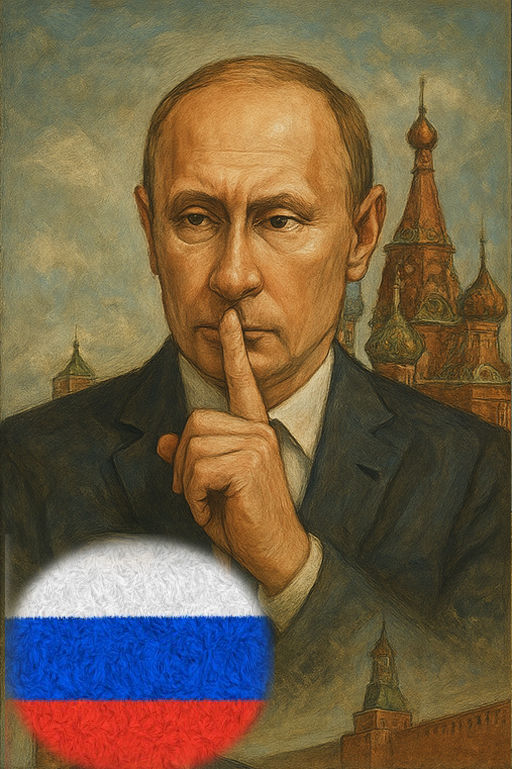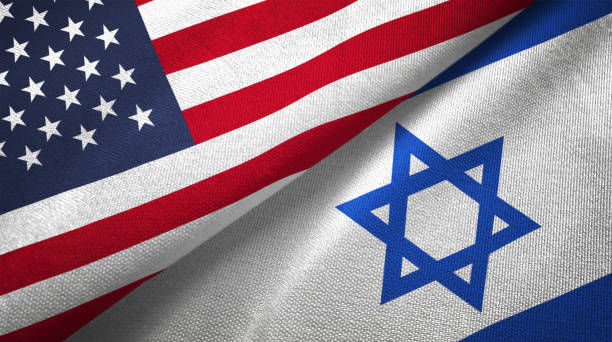The Historical Evolution of Global Power Dynamics
- President Nila
- Apr 9
- 5 min read
The global political landscape is undergoing a profound transformation. For decades, the world order has been defined by the dominance of Western powers—particularly the United States. However, we are now witnessing a shift toward multipolarity, characterized by the rise of new geopolitical players and the evolution of complex alliances. At the heart of this transformation lies the Indian Ocean Region (IOR), which is quickly becoming a focal point for power projection, maritime security, and geopolitical competition. This shift is largely driven by the strategic dynamics of the United States, Russia, and China, as well as India’s rising influence in the region.
The United States: Architect of Institutions, Exempt from Accountability
The United States has long positioned itself as a global leader in institution-building, having played a pivotal role in establishing mechanisms like the International Criminal Court (ICC). Yet, paradoxically, it has repeatedly refused to submit itself to the court's jurisdiction, reflecting a broader contradiction in the liberal world order. While promoting global governance frameworks, the U.S. and other dominant powers often remain above the very systems they establish. This selective adherence to international norms underscores the concept of asymmetric sovereignty, where powerful nations shape global rules without being held equally accountable to them.

Russia: Strategic Non-Alignment and the Politics of Silence
In contrast to the United States, Russia has consistently pursued a policy of multipolarity, resisting the consolidation of a U.S.-centric global order. Russia’s assertiveness in regions like Syria and its opposition to NATO’s expansion are emblematic of Moscow’s preference for regional flexibility and strategic autonomy. However, in the Indian Ocean, particularly with regard to the Eelam Tamil issue, Russia often adopts a position of strategic silence. This silence is not an act of disengagement; rather, it reflects Russia’s acknowledgment of India’s central role in the region and its respect for India’s sphere of influence. This tactic demonstrates a careful balancing act, where Russia seeks to preserve its alliances while not directly challenging India’s geopolitical interests.

China: Expansionist Ambitions and the Indian Ocean Challenge
China’s rapid rise on the global stage is propelled by initiatives such as the Belt and Road Initiative (BRI) and its growing military presence in the Indian Ocean. Through its investments in infrastructure and port acquisitions in countries like Sri Lanka, Pakistan, and the Maldives, China is actively expanding its influence in the region. However, its ambitions are not without challenges. China faces significant resistance from India, unresolved territorial disputes with neighboring countries, and the inherent difficulty of maintaining long-term partnerships in the IOR. In this context, the growing India-U.S. cooperation emerges as a key counterbalance to China’s assertive expansion, promoting a vision of a rules-based order grounded in transparency, democratic values, and respect for regional sovereignty.

The Strategic Implications of Sri Lanka’s Geopolitical Position
Sri Lanka’s geopolitical position in the Indian Ocean makes it a key player in shaping future global stability. Over the years, Sri Lanka’s strategic importance has increasingly drawn it closer to China, particularly after 2005, when the country began to align more closely with Beijing. While this shift strengthens China’s position in the region, it also presents a dilemma for the West, particularly the United States and India.

Sri Lanka’s future could be defined by a potential partition, leading to the creation of two distinct nations: Tamil Eelam and Sinhala Eelam. This division could drastically alter the balance of power in the Indian Ocean. The Sinhala nation would lose its former significance as a maritime hub, as its landlocked position would restrict its access to key sea routes. In contrast, Tamil Eelam would control significant maritime territories, enhancing its strategic importance and influence over regional trade routes and resources.
If such a division were to take place, both the West and India could be forced to intervene, particularly in humanitarian matters. Drawing parallels with the post-Cold War humanitarian interventions in Eastern Europe, the international community could increasingly push for accountability, potentially bringing Sri Lanka’s leadership to the International Criminal Court (ICC). This scenario would place immense pressure on the Sinhala government, as the international community would likely hold it accountable for its past actions, particularly in relation to the Tamil population.
Israel and the U.S.A - Joint Strategic Power
In this evolving geopolitical landscape, the joint capabilities of the United States and Israel are pivotal. Israel, known for its technological prowess and intelligence capabilities, has a critical role in counteracting China’s expansion. Despite China’s ability to produce large quantities of goods rapidly, Israel’s advanced technological innovations provide a counterbalance, especially in areas like cybersecurity, military strategy, and defense technology. A prime example is Israel’s ability to prevent drone attacks on its territory, as well as its involvement in thwarting Iran’s nuclear ambitions. The alliance between Israel and the United States represents a formidable force that can challenge any strategic advancements made by China, particularly in the Indian Ocean region.

Russia vs. China: A Comparative Analysis
While Russia and China may seem like natural allies in the struggle for global dominance, they are not equally positioned in terms of power. Russia possesses substantial military and energy resources, but its economy and global influence are far more limited compared to China’s. On the other hand, China’s rapid economic growth and technological advancements place it in a stronger position to exert influence globally. However, China’s economic model—relying heavily on rapid production—may be unsustainable in the long term, especially if its technological and military capabilities cannot keep pace with the technological advancements made by Israel and the West.
Thus, while China may have the human resources and economic capacity to challenge the West in the short term, its long-term sustainability is uncertain. The West’s ability to counter China through technological superiority and alliances like the one between the United States and Israel will likely ensure that China cannot dominate the Indian Ocean region or the global stage.
The Future: The West’s Strategic Advantage
Looking ahead, the global balance of power seems to be shifting, but the West—particularly the United States, its allies, and its strategic partners—will continue to hold the upper hand. The joint capabilities of the United States and Israel, coupled with India’s growing regional influence, present a formidable counterweight to China’s ambitions. Additionally, the economic, technological, and military leverage of these powers will enable them to prevent China from achieving dominance in key regions, including the Indian Ocean.
Despite China’s aggressive stance, the West’s collective strength, both militarily and diplomatically, will likely secure its position as the dominant force in shaping the future global order. As the world continues to navigate these turbulent geopolitical waters, the ability to maintain a balance of power will depend on the West’s continued collaboration and strategic foresight.
Nila Bala (Balananthini Balasubramaniam)
United Kingdom
13:25
04/04/2025
(Disclaimer: Images are AI generated and are used for representational purposes only)
***************************************************************




Comments